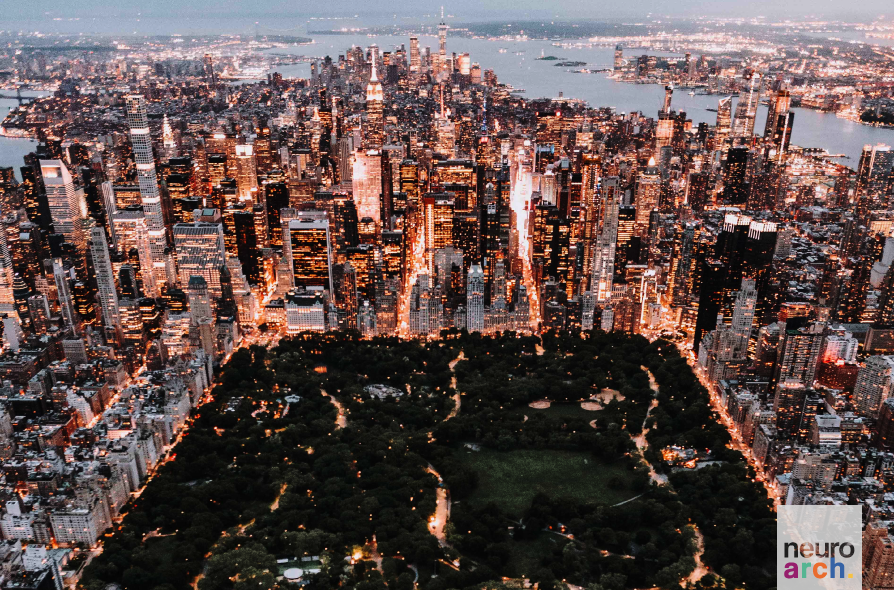7 February 2020 The difference between cognitive reading of urban and natural landscapes

Neuroscience has proven that the human brain is directly impacted by reading the environment where the individual is. Even more primitive creatures like amoebas are impacted by the environment they are in, by interpreting the risks inherent in that environment, and developing defense mechanisms.
The story of the evolution of beings is directly related to environmental reading. And neuroscience has especially proved how it acts directly in the way beings behave themselves.
Human beings include in this reading the component of emotions, by inferring from this reading the sensations that such environments transmit such as well-being, security, imprisonment, among others.
Discoveries of neuroscience
Supported by devices aimed at mapping the electrical activities of the brain, Korean researchers have focused on understanding how the human brain interprets urban and natural landscapes. Follow below what has been discovered about it:
Reading of the urban landscape
The urban landscape is that directly transformed by human action, with its buildings and urban projects. By interfering in the natural environment, man seeks to promote facilities in the daily dynamics of collective living.
Brain mapping showed that the urban landscape triggers the region of the cerebral amygdala, which is directly linked to impulsiveness and to the activation of anxiety and increased stress triggers.
The following characteristics were linked through the urban landscape:
– increased brain stimulation in the form of provoking enthusiasm;
– increased cognitive load;
– difficulty in awakening contemplation, fascination;
– grasping attention with greater intensity.
Reading of the natural landscape
Research by neuroscientists has shown that natural scenes activate the cingulate and anterior insula region, directly reverting to activities associated with empathy and altruistic behavior.
Natural environments are linked to:
– involuntary attention;
– stimulus to contemplation and meditative activities;
– feeling of well-being;
– cognitive recovery from fatigue and stress.
Remarks
In view of such results, it is necessary to reflect on the combination of natural vanishing points in the planning of urban environments, as well as in residential and corporate projects. This balance promotes the necessary cognitive triggers that are activated by natural landscapes when inserted in the urban scenario, promoting well-being and combating natural stress.




